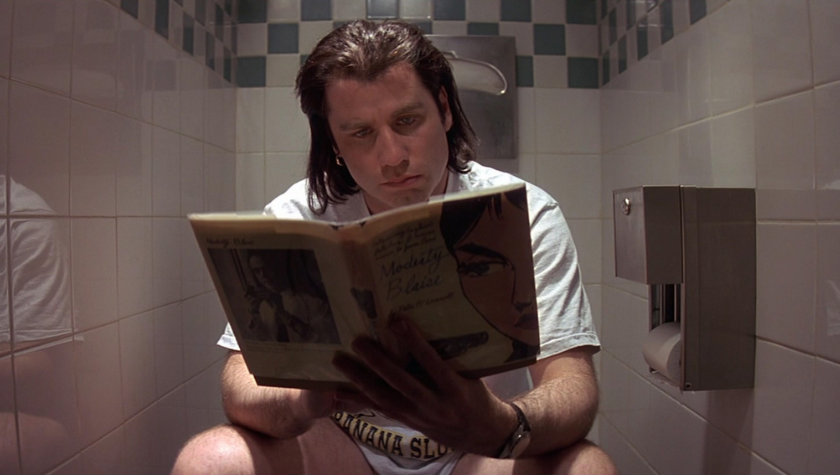5 Steps for Developing Great Characters
August 8, 2023
Let’s say you have a great concept for a feature film or a television pilot, but you haven’t considered the characters yet. More often than not, aspiring screenwriters will populate their scripts with “stock characters,” meaning the characters are derivative, too arch or pretty much just exist to service the plot.
Some screenwriters think as long as the concept is strong enough, the characters aren’t that important. However, many screenplays and pilots sell based on a movie star’s attachment and, in most of these cases, it’s because it contained a role the actor wanted to play. Even if your script primarily serves as a writing sample, if you’re able to tell a great story and write great characters, you’re more likely to impress people in the film and television industry, which could lead to assignment work or you getting staffed on a series.
But how do you do it exactly?
How do you go about developing great characters?
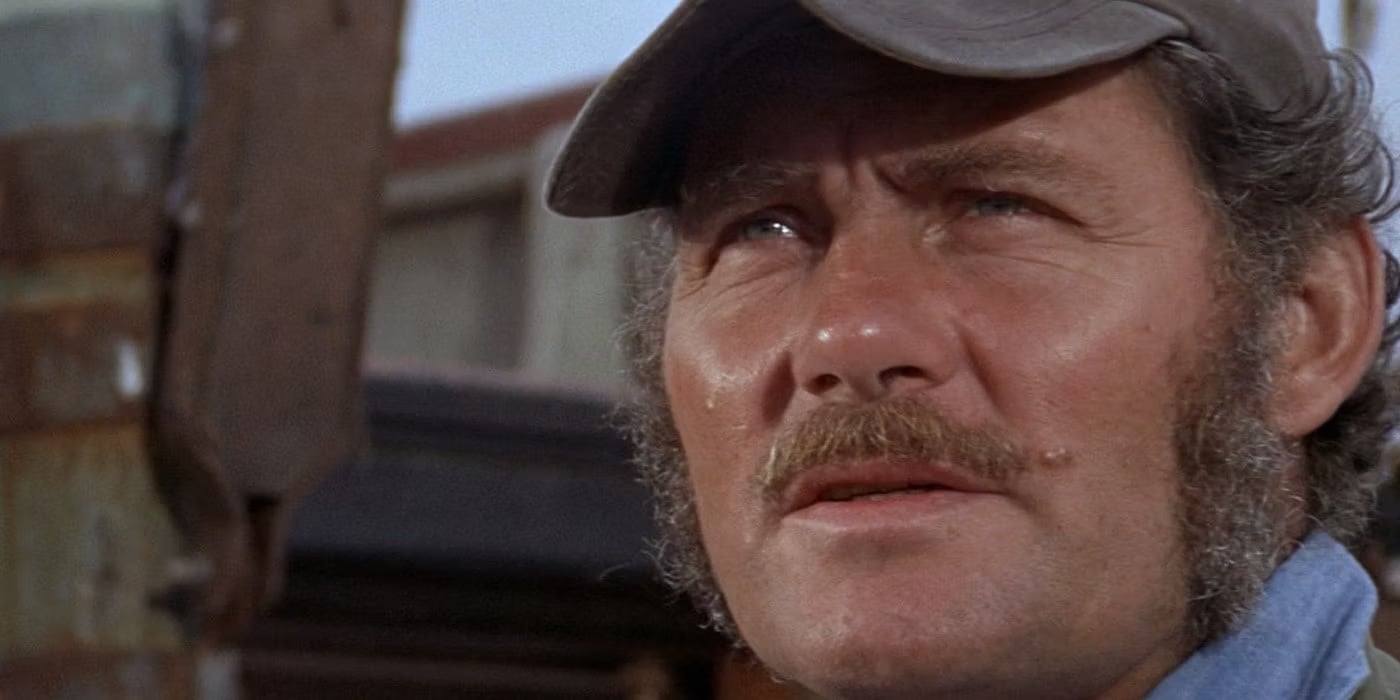
Consider Your Character's Relationship To Your Story
In my article “Right Story, Right Character,” I discuss the important relationship between your character and the story you’re telling. When developing your characters you should consider their potential to enhance your story. Is there something about who they are that adds a layer of irony to your story? Are they the last person you’d expect to be in the situation you’re creating?
Or maybe there’s a character flaw or something in a character’s background that brings more depth and drama to the story. For example, imagine if in Jaws Chief Martin Brody was a resident of Amity Island for his entire life and had no issues with water. Or if Quint was never aboard the USS Indianapolis. They’d just be a local cop and fisherman hunting a shark instead of the iconic and memorable characters they are. As a result, Jaws is a film that has stood the test of time and it’s not just because of the shark but the characters.
Anything about your characters that adds irony or depth to your story should be considered.
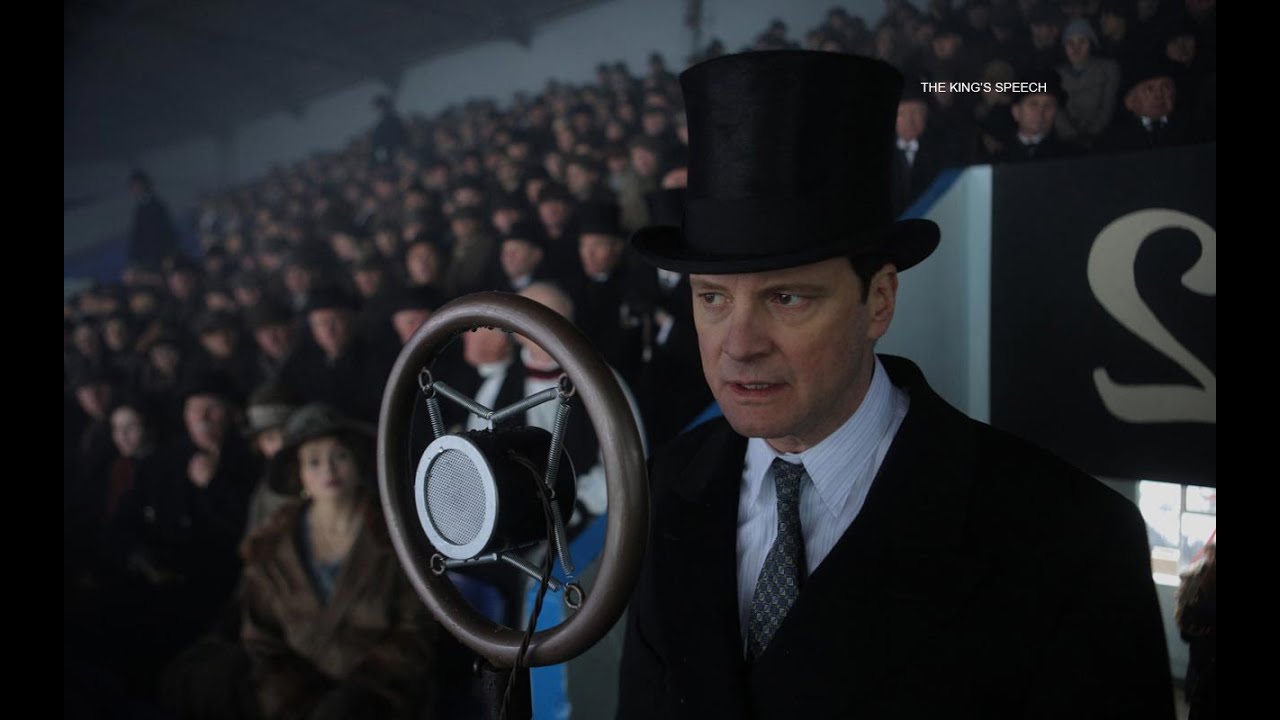
Take From Reality
Many dramas have autobiographical elements throughout, but regardless of the genre, a writer should consider taking from reality and the people they’ve known in their life. This is a good way to avoid characters being stock since, generally speaking, real-life people are three-dimensional and complicated.
This doesn’t mean putting everyone you know into your script or making them literally these people, but rather taking characteristics or behavior you’ve seen in them. Maybe bestow an antagonist the demeanor of a coworker you dislike or a mentor character with the traits of someone you truly admire. If your protagonist has loved-ones, they should reflect your loved ones.
The more reality you insert into your characters, the realer they’ll seem to the people reading. This creates more of an emotional connection to your characters as well as strengthens “suspension of disbelief.” If people believe in your characters and empathize with them, they’re more likely to believe in your world.
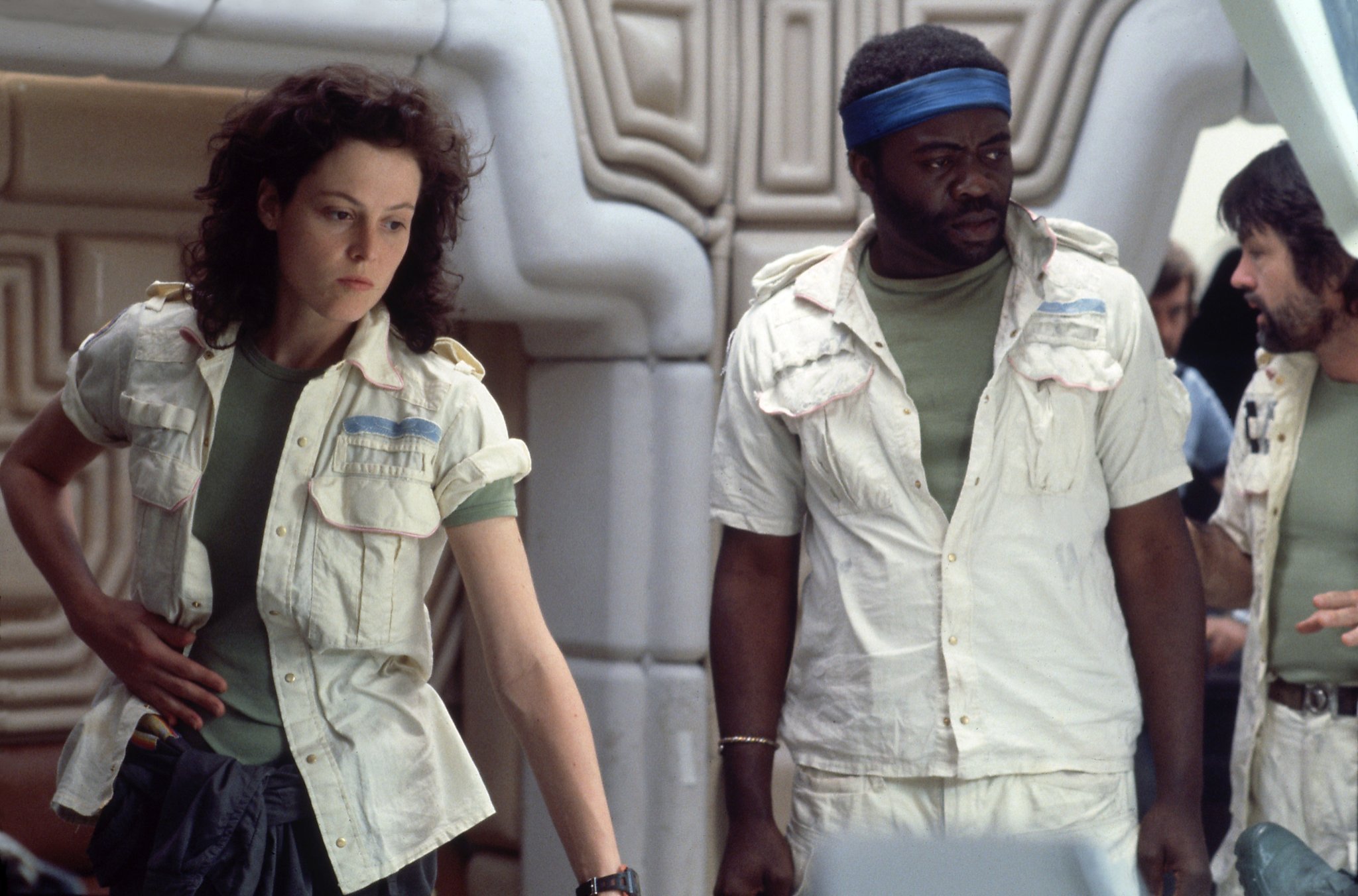
Add Nuance and Complexity
Whether you’re developing your protagonists or supporting characters — heroes or villains — a writer should always be mindful of how much nuance and complexity they have. As written above, people in real life tend to be more three-dimensional than your typical stock character: they don’t always behave the way they should or react the way you expect. People in real life can sometimes be frustrating, unpredictable, obstinate and insist on making their own mistakes.
Dan O’Bannon’s first draft of Alien had the basic story down and all of the film’s classic set pieces, but the characters were largely stock and indistinguishable from one another. Walter Hill’s draft not only made the characters more distinct, but he also gave the crew of the Nostromo a relatable, working-class edge that grounded the film and made it feel more real than most sci-fi and horror movies. All of the characters are flawed and even the protagonist, Ellen Ripley, comes across as a complicated woman at odds with the people around her (e.g., butting heads with her shipmates over allowing Kane on board the Nostromo). It’s this complexity that enabled Ripley to evolve in the Alien sequels and it’s something lacking in the films without her character.
Sometimes all it takes to add some nuance and complexity to a character is having them react to a situation not how you think they should, but how you think they would. Regardless of how far-fetched the scenario might be, if they react to it in a realistic and complicated manner, you’ll have a stronger and richer character.
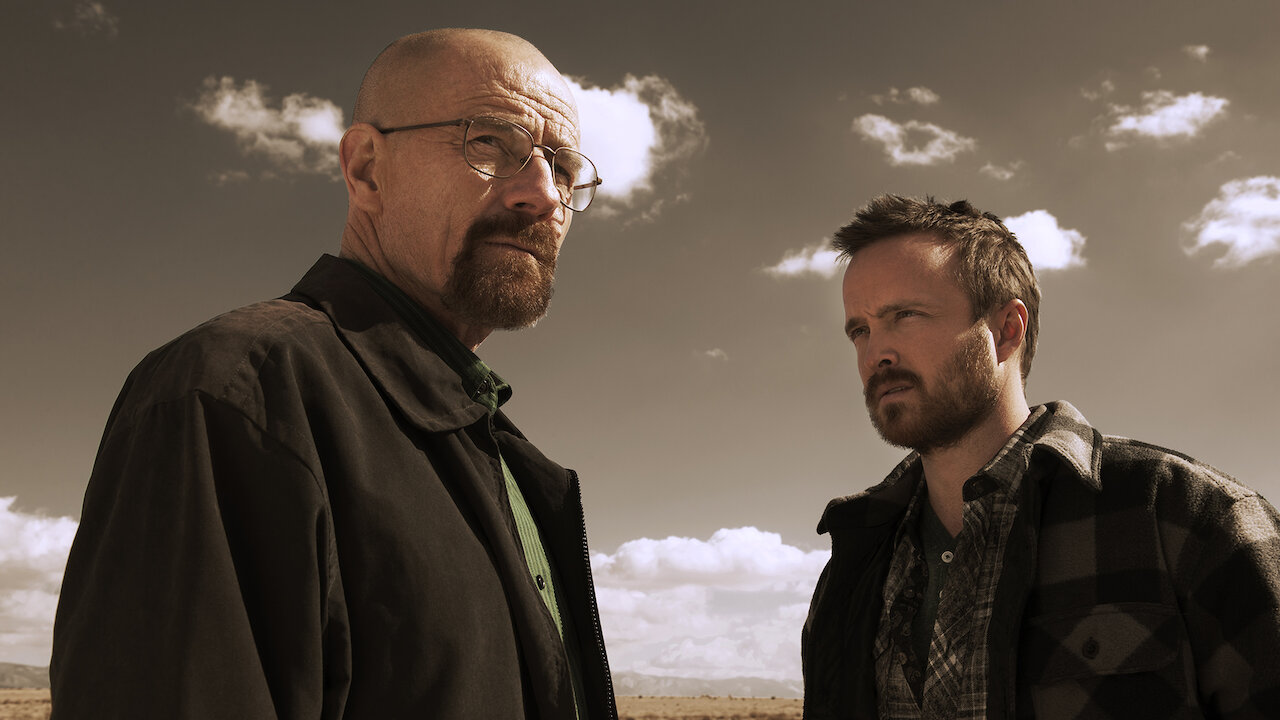
Express Timely and Timeless Desires
Tapping into the zeitgeist — the defining mood and spirit of a time — is another way to develop a great character. In the same way, many of the characters of New Hollywood cinema (circa 1960s and 1970s) reflected that generation’s anti-authoritarian streak, we’re likewise living in an era where many people have lost faith in institutions and feel like they’re fending for themselves.
This is why hustling antiheroes who overstep the law have become popular in recent years (e.g., Better Call Saul, Emily the Criminal). Yet even though this content has been topical and timely, many of these characters exhibit a universal desire to make a better life for themselves, which is timeless.
From stories about the Old West to credit card swindles, people have always loved outlaws in fiction. If people can live vicariously through your characters and experience a world or situation they secretly long for, they’ll be drawn to them.
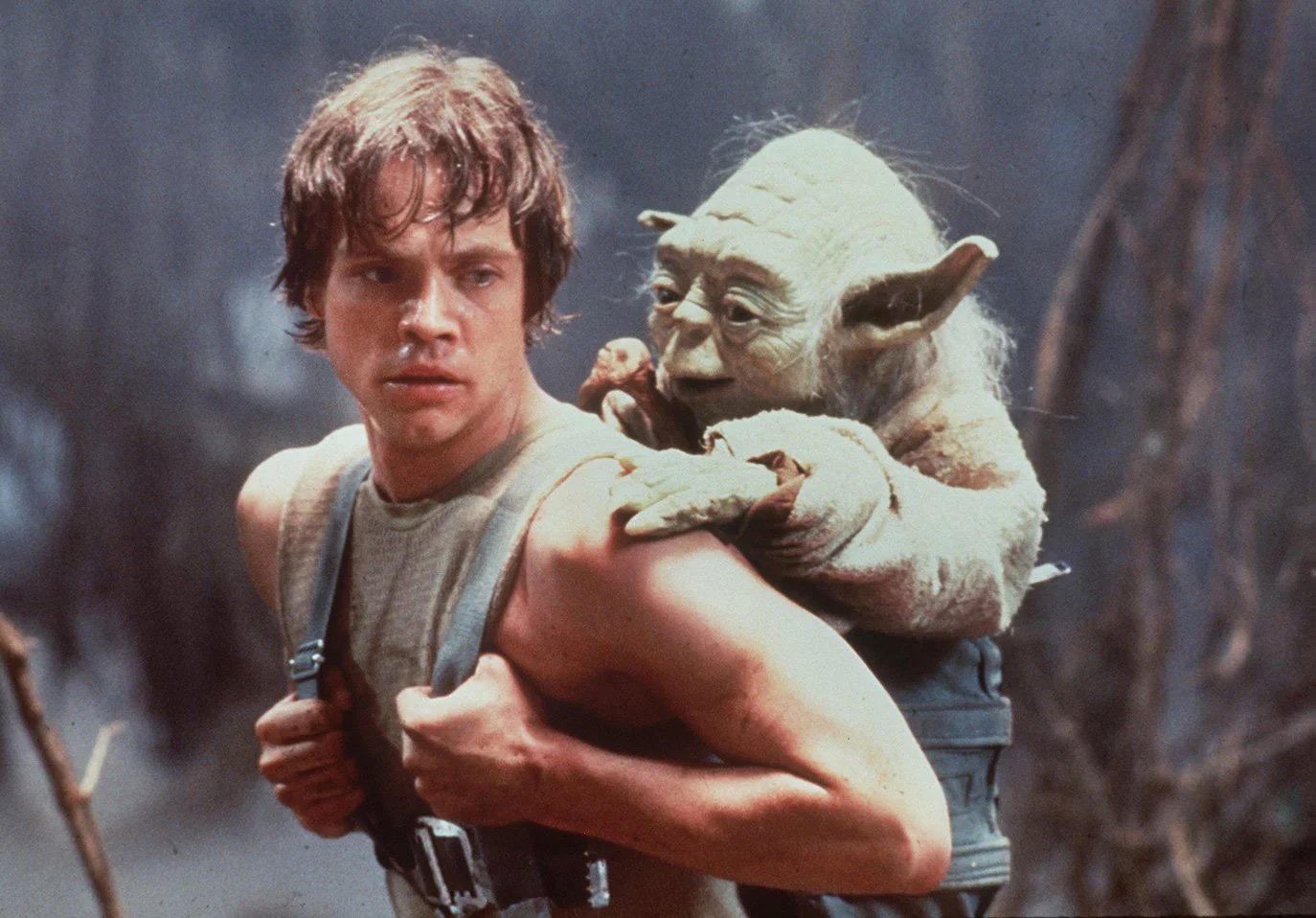
Have a Strong Emotional Through-Line and Arc
Finally, when you’re developing characters, be mindful of their emotional through-line and arc (i.e., the inner conflict and desires of your characters and their trajectory). This goes back to the “Right Story, Right Character” idea in which the construction of a character should be intertwined with the story you’re telling.
Oftentimes, a character is only as strong as their relationship to the story. For example, many of the characters from the original Star Wars Trilogy were given more depth via their various through-lines and arcs in the films (e.g., Luke and Vader’s famous connection; Han and Leia’s love story). In my article, “Internal Conflict Vs. External Conflict”, I discuss how the various personal and emotional issues of a character should be constantly tracked throughout your story. If your characters aren’t being changed or emotionally affected by what’s happening, they might require more development.
Ultimately, the story you’re writing needs to be your characters’ story.
When you get into this mindset, you’ll find it much easier to develop great characters.
Written by: Edwin Cannistraci
Edwin Cannistraci is a professional screenwriter. His comedy specs PIERRE PIERRE and O’GUNN both sold with more than one A-list actor and director attached. In addition, he’s successfully pitched feature scripts, TV pilots and has landed various assignment jobs for Universal, Warner Bros, Paramount and Disney.- Topics:
- Screenwriting & Craft




